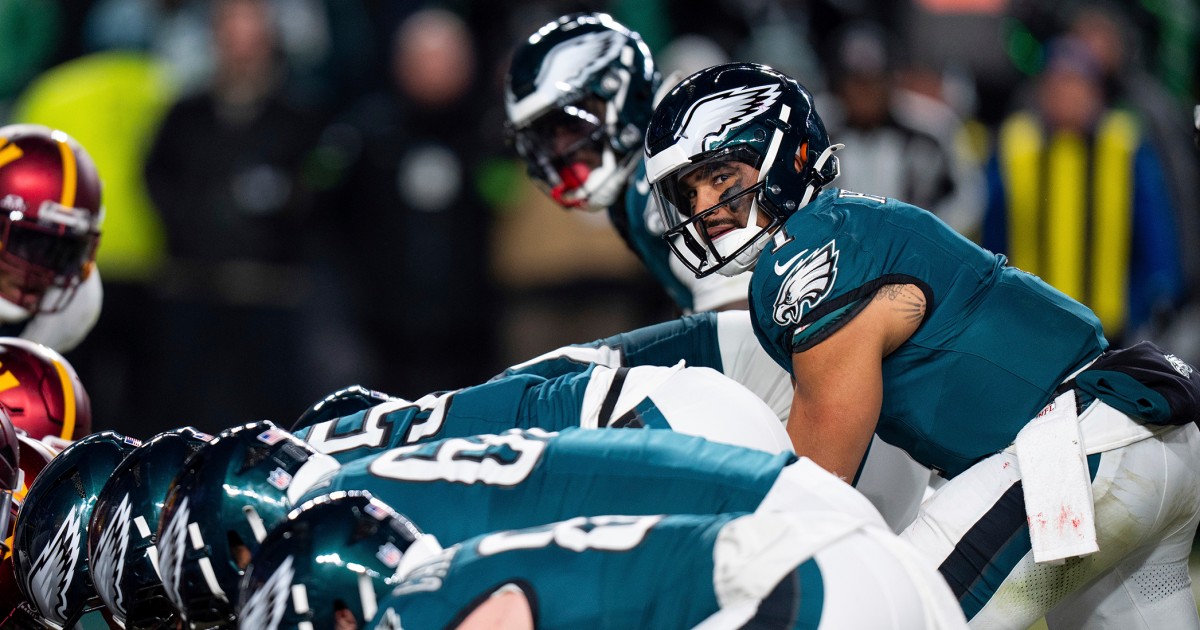
Consumer price growth rose in August, the Bureau of Labor Statistics reported Thursday. It’s the latest indication that the U.S. economy continues to contend with inflation even as the job market cools.
The broadest measure of price growth increased 0.4% last month after rising 0.2 percent in July and ahead of estimates of 0.3%. On a 12-month basis, the index climbed by 2.9% compared with 2.7% in July. It’s the highest reading since January.
Excluding food and energy prices, which tend to be more volatile, price growth hit 3.1% on a 12-month basis, the highest figure since February and the third-straight month that this rate has picked up.
Some of the biggest price increases seen on the month were in prices for used cars and trucks and transportation services, which includes airfare — both up by 1%.
Thursday’s report complicates the current economic picture. On Wednesday, the BLS said wholesale price growth for August that came in softer than estimates, as companies ate higher costs. That led some analysts to conclude that inflation might not be as worrisome as feared. The report cemented bets for a rate cut by the Federal Reserve when it meets next week.
Economists’ attention, otherwise, has turned to the weakening job market. Weekly jobless claims came in at 263,000 on Thursday, higher than expectations. Wages also slowed down, too. From July to August, earnings fell by 0.1% after inflation, suggesting prices are rising faster than earnings, according to new government data.
President Donald Trump has insisted that there is “no inflation” and that the Fed should have cut long ago. In a note to clients ahead of Thursday’s release, analysts with Citi financial group said weak consumer demand and “near-zero job growth” has created a “disinflationary” economic backdrop, meaning the rate of inflation is cooling.
Bond investors have also indicated they see a cooling economy, having sent the yield on the 10-year Treasury note to lows not seen in April. The Treasury yield represents the return demanded by investors for lending to the government, and when expectations for inflation are subdued and demand for bonds increases, the yield falls. Mortgage rates have declined, as well.
Stocks, however, keep climbing higher ahead of expectations for a rate cut. Companies’ earnings tend to increase if they do not have to pay as much to borrow money, assuming demand holds steady. Futures were higher as of 8:40 a.m. ET Thursday.








